This painting by the Montreal abstract artist Paul-Émile Borduas (1905–1960) is a good example of an early Automatiste work: a movement that favoured a fluid technique and the stream of consciousness. Borduas did not say to himself, “I am going to paint a female torso”; he recognized the subject in an instant when the work was completed. This is one of forty-five gouaches shown at the Ermitage, an exhibition hall owned by the Collège de Montréal, at 3510 Côte-des-Neiges. No other exhibition space could be found for this work, then judged to be “surrealist” and very “abstract.” For a long time Study for Torso or No. 14 was titled simply “Abstraction.”
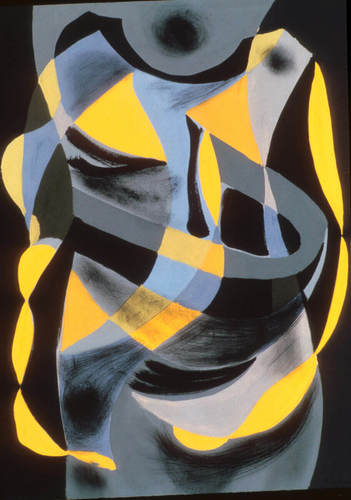
Paul-Émile Borduas, Study for Torso or No. 14 (Étude de torse ou No14), 1942
Gouache on paper, 57 x 41.8 cm, private collection
Study for Torso or No. 14 presented quite a challenge to two critics in 1942, Henri Girard and Charles Doyon, despite their receptiveness to “modern art.” Photographs taken at the exhibition capture the critics standing in front of Study for Torso with Borduas. It was only after the artist’s explanations that they understood the work. Borduas explained to them that Study for Torso takes the form of a standing figure, if not a portrait: that is, the vertical orientation of the composition reflects a format that he employed earlier in his figurative works.
This Spotlight is excerpted from Paul-Émile Borduas Life & Work by François-Marc Gagnon.
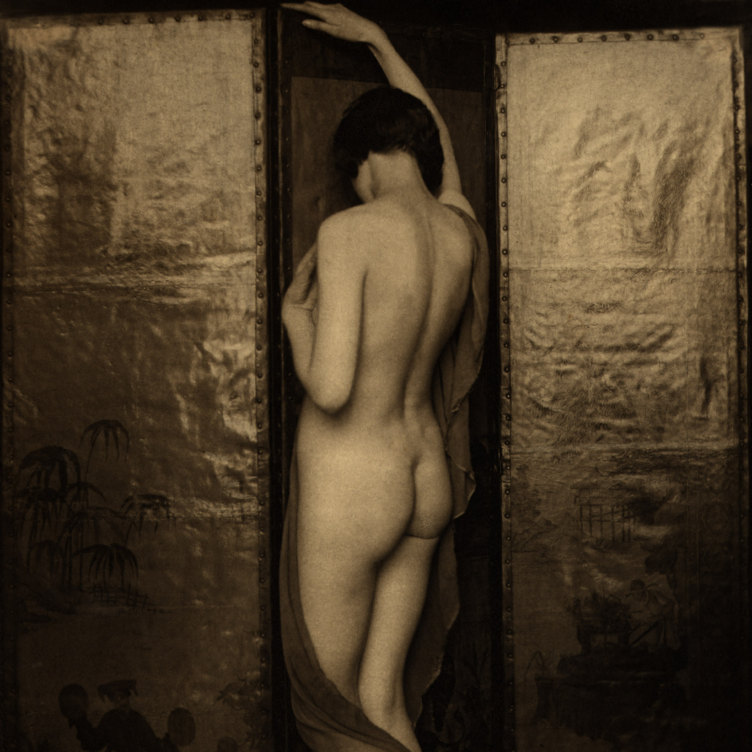 The Art of the Body
The Art of the Body
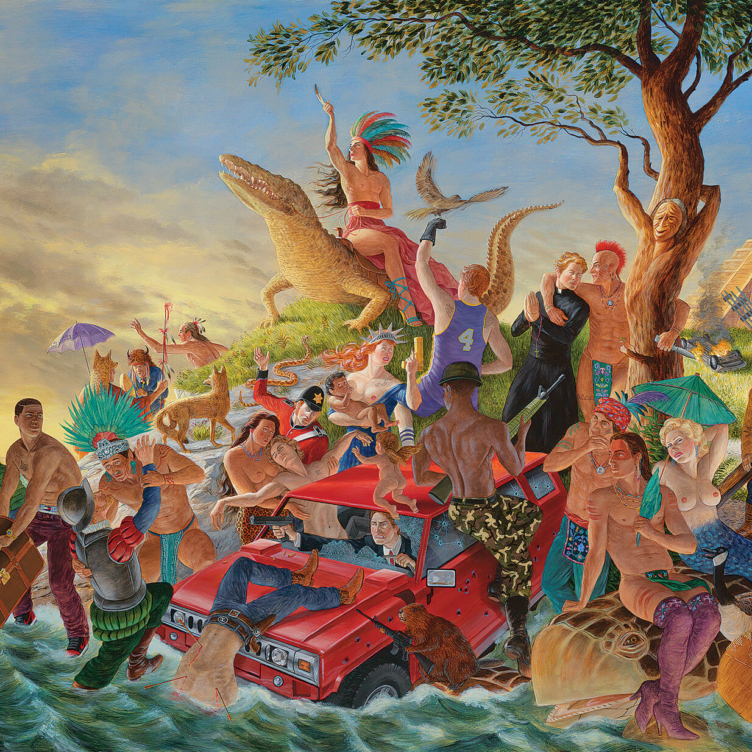 Rococo Riff
Rococo Riff
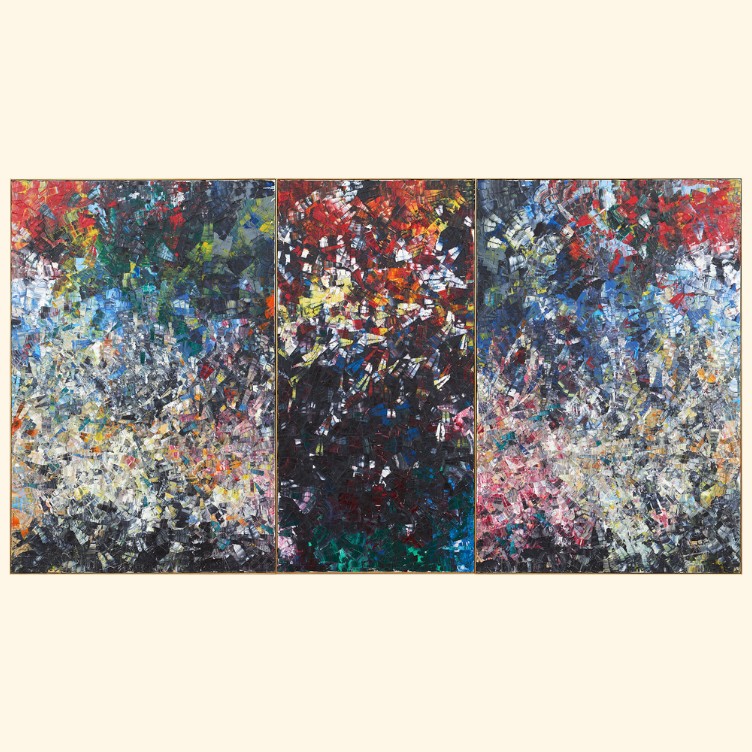 In Memory of Monet
In Memory of Monet
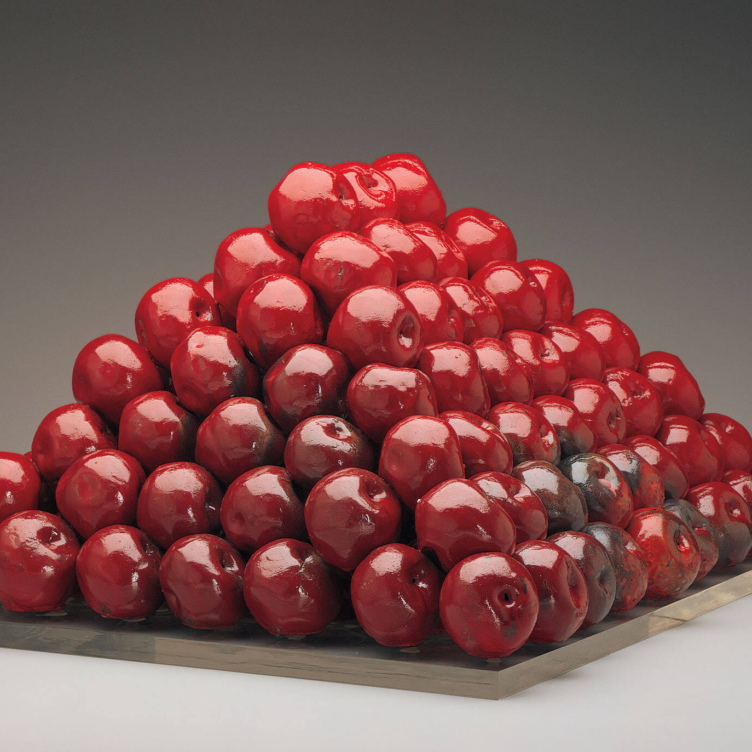 Pyramid Scheme
Pyramid Scheme
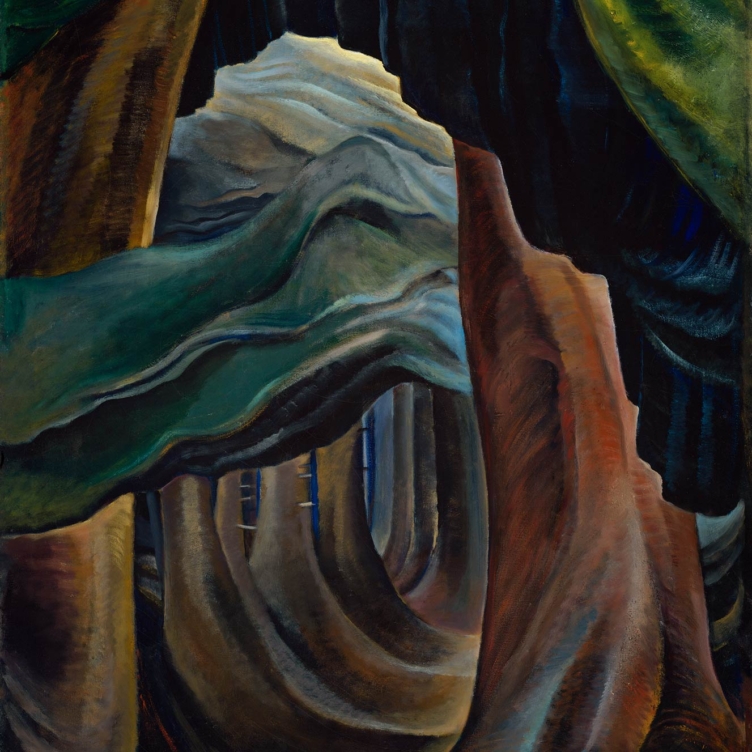 Transportive Trunks
Transportive Trunks
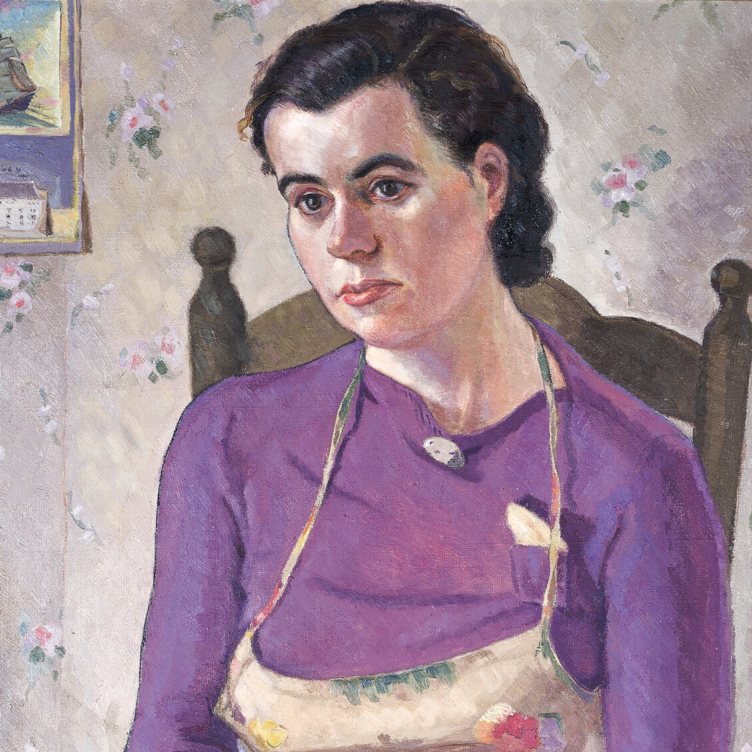 The Military Mate
The Military Mate
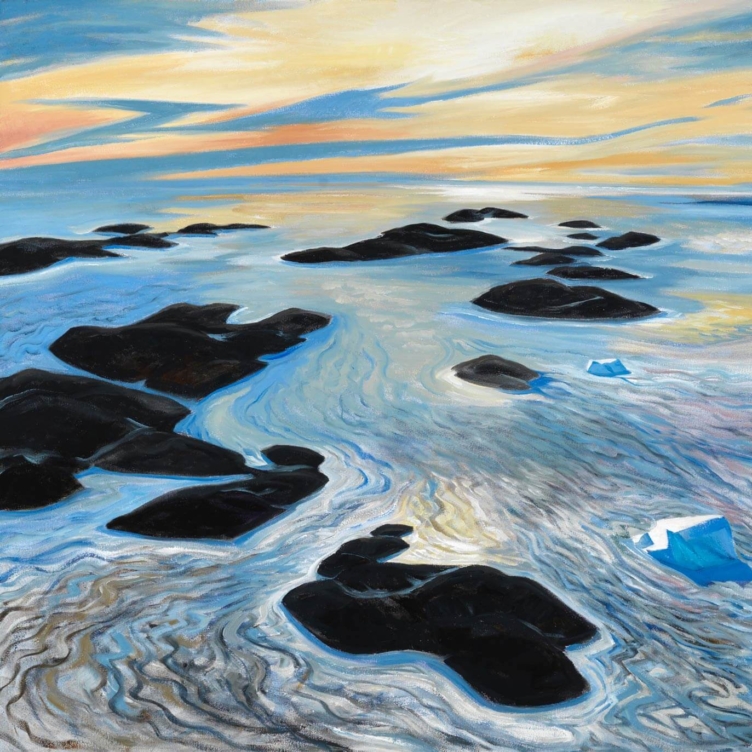 Looking Up on the World
Looking Up on the World
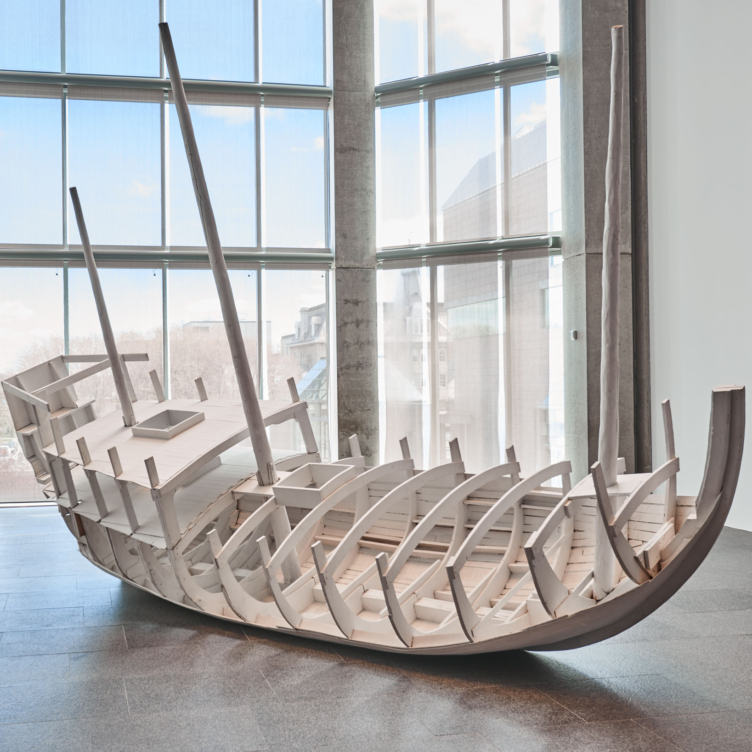 Vessel of Despair
Vessel of Despair
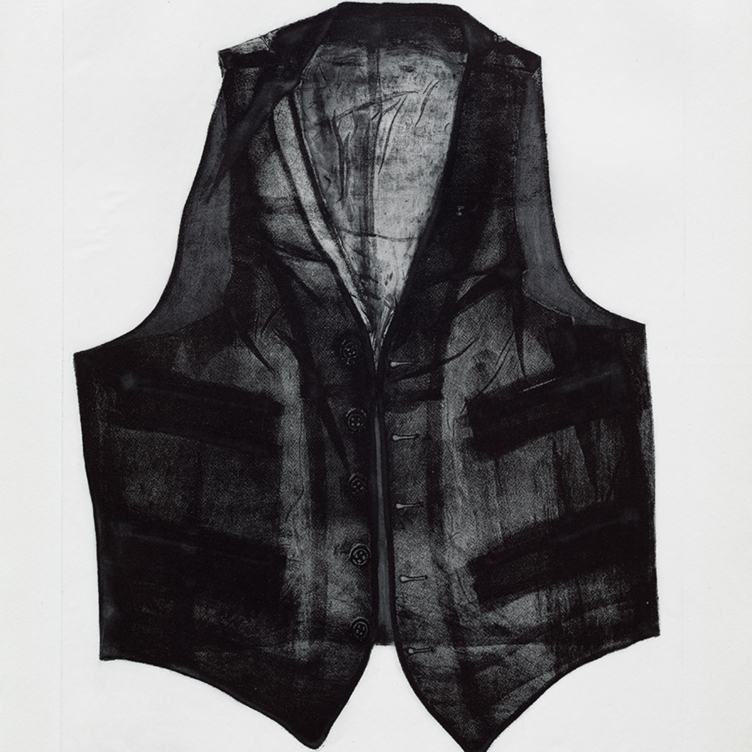 Layers of Meaning
Layers of Meaning
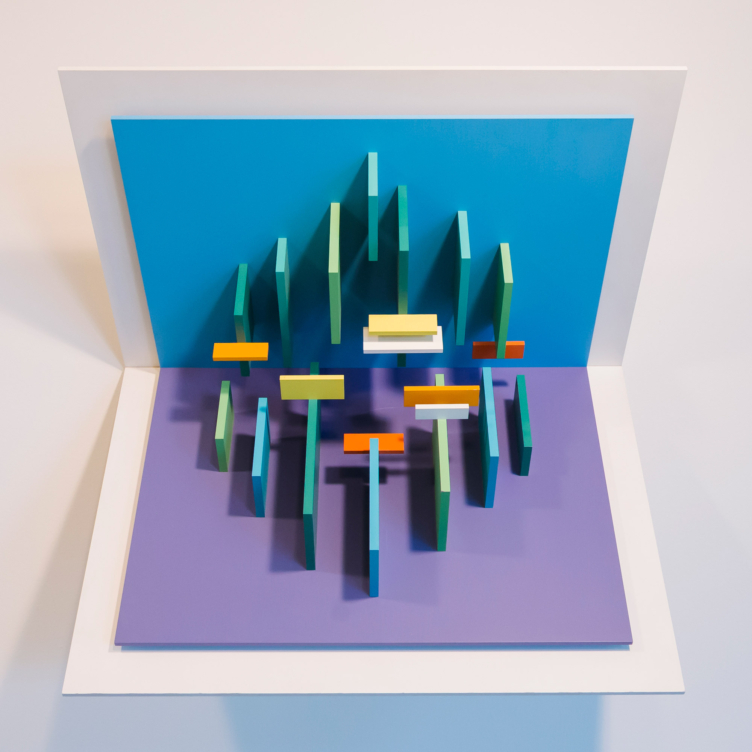 In Parallel to Nature
In Parallel to Nature
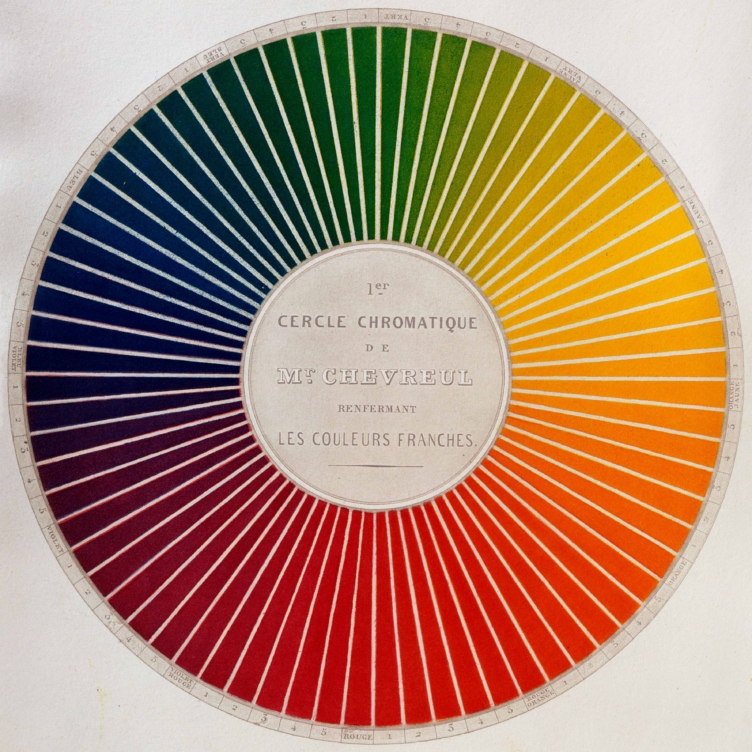 Wheel of Fortune
Wheel of Fortune
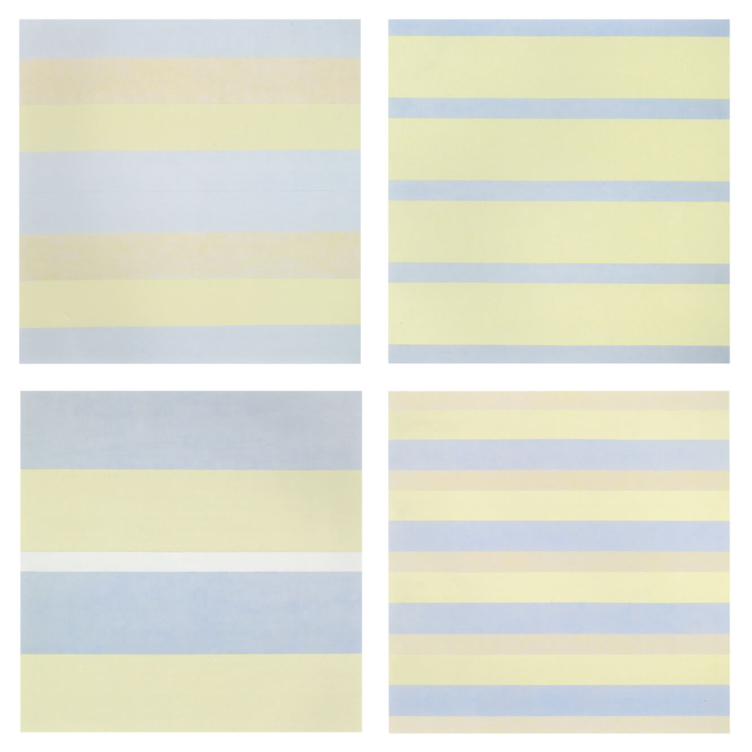 Paintings after emotional states
Paintings after emotional states
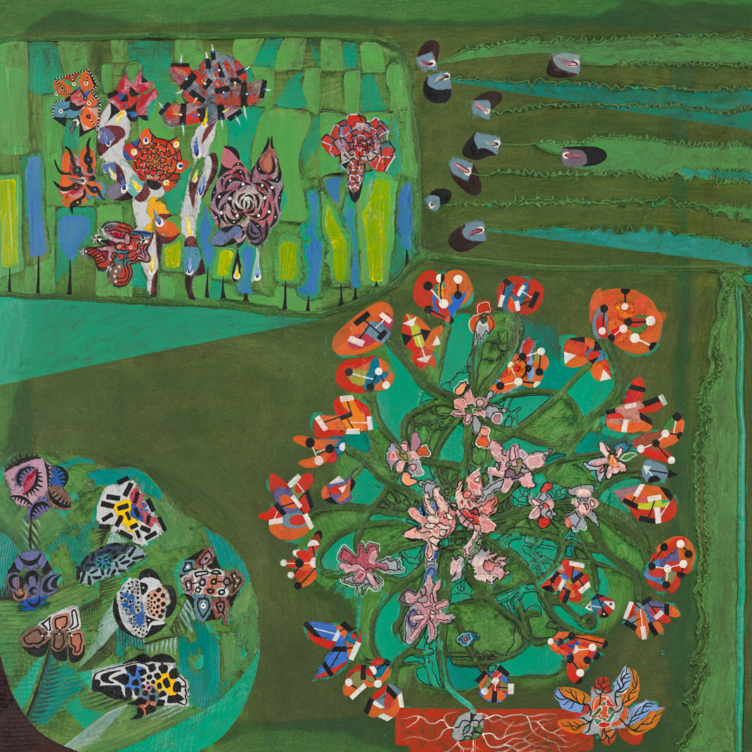 Garden of Delight
Garden of Delight
 Stitching the Archives
Stitching the Archives
 A Working-Class Hero
A Working-Class Hero
 Imagining Entangled Futures
Imagining Entangled Futures
 Bridging Far and Near
Bridging Far and Near
 Soft Power
Soft Power
 Imagining Emancipation
Imagining Emancipation
 A Priceless Portrait
A Priceless Portrait